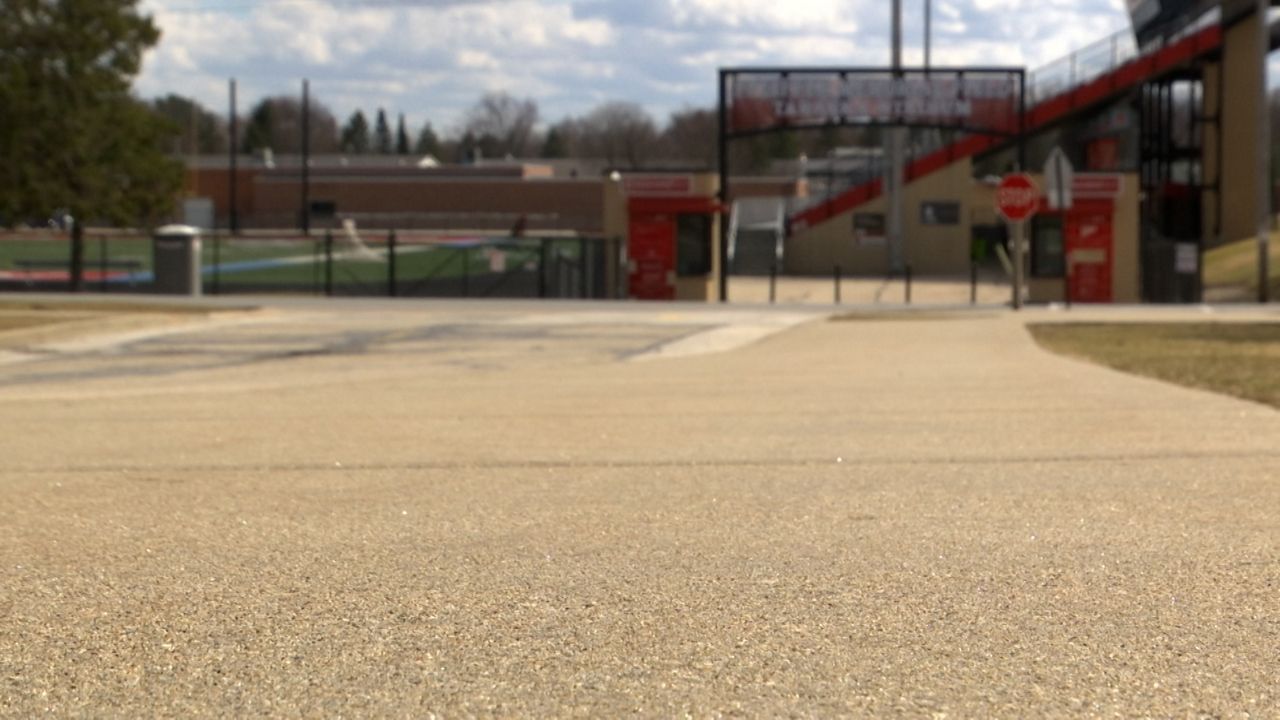SOUTH MILWAUKEE, Wis. — The University of Wisconsin-Madison is continuing to grow its Wisconet system, which is a statewide network of weather and soil monitoring stations.
The university’s weather network, called Wisconet, is expected to be a game changer for farmers, climate researchers and many other industries in Wisconsin — especially those in remote areas.
The latest Wisconet weather station was installed in South Milwaukee. It’s the first one for Milwaukee County and the 50th in Wisconsin. The goal is to install at least one station in all 72 counties in the state by the summer of 2025.
Chris Vagasky leads this effort for the University of Wisconsin. He said South Milwaukee's proximity to Lake Michigan made it an ideal location for a weather station.
“Lake Michigan has a huge impact on what happens in southeast Wisconsin and Milwaukee County especially. Knowing when that lake breeze comes in, when the lake breeze moves out, exactly how strong it is and how much it is changing the temperatures, the humidity, things like that, that really has an impact on all of the sensible weather that we experience,” Vagasky said.
Each Wisconet station provides more than 12 different measurements, every five minutes. It provides data on soil moisture and temperature, atmospheric pressure, wind speed and direction, solar radiation, temperature, humidity, leaf wetness and liquid precipitation.
“Having this new data coming in every five minutes really gives forecasters, meteorologists, researchers and farmers those tools that they need when storms are going to develop, where are storms going to develop,” Vagasky said.
South Milwaukee Emergency Management Director and Fire Chief John Litchford said it was a no-brainer to get this high-tech weather station.
“It's always good to have the ability to get the information out to our citizens quickly, so that they can have an appropriate response to changing weather,” Litchford said.
Bringing the weather stations to diverse locations across the state is a passion project for Vagasky. Weather stations are now in cities and remote areas. He said it’s important to have them as many places as possible, since weather can change quickly.
Different locations in Wisconsin can experience very different conditions at the same time.
“As a meteorologist, I know the importance of measurements and I know the importance of expanding the measurement network. The opportunity to come to Wisconsin and build out a new network from the ground up and really put my touch on it, my spin on it, to impact the people of Wisconsin and the western Great Lakes was a really great opportunity,” Vagasky said.
To track the Wisconet data in your community, click here.












